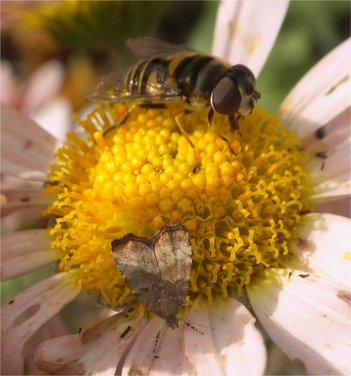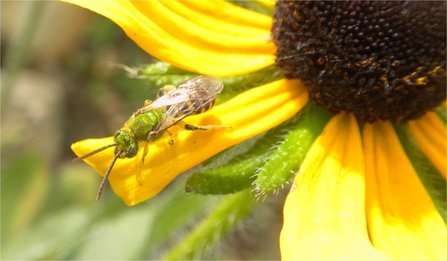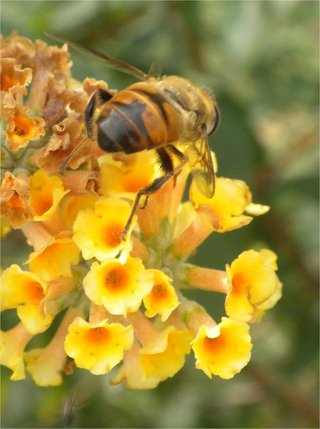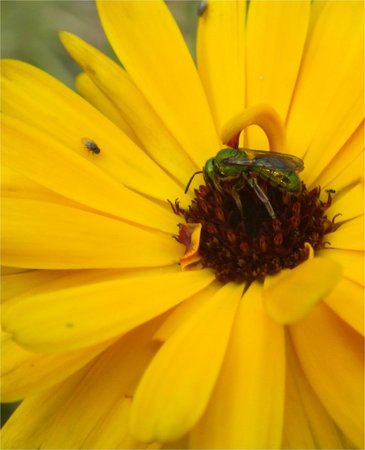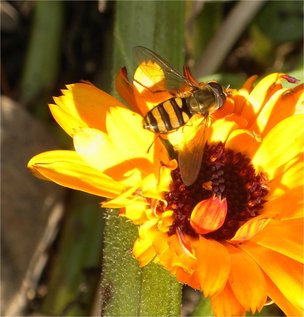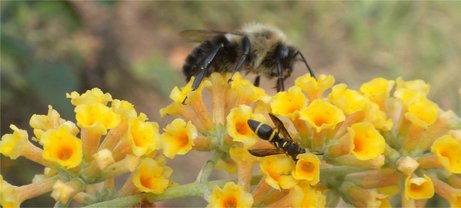Lingering pollinators, a result of the mild fall weather, visit the last of the garden flowers on November 3rd. While all have left larvae, pupae, or eggs that will overwinter and become adults next spring, the lives of some of these insects will end with the onset of freezing weather.*
Proudly powered by Weebly
